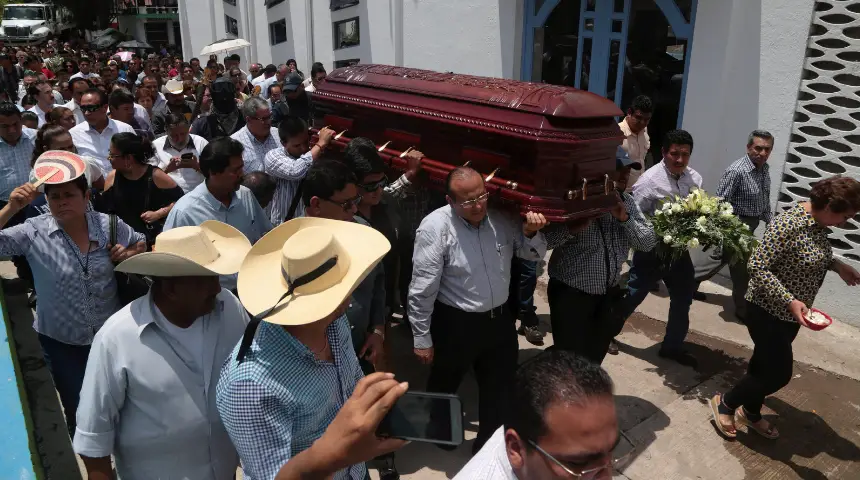The world is a place with fewer military tensions than a few decades ago, although very dangerous, violent, and criminalized. Despite the Russian invasion of Ukraine that began in early 2022, the ruthless Hamas terrorist attack on the Israeli population and Israel’s brutal response on Gaza that left thousands dead in late 2023, the regional frictions between North and South Korea, Taiwan’s fears of an eventual Chinese invasion and the democratic erosion of the Sahel, areas such as Latin America and the Caribbean are not torn between hypotheses of interstate wars but among criminal and subsidiary violence in major cities.
The latest Global Peace Index 2023 report showing the world’s most dangerous cities suggests that violence has taken on a special prominence in urban complexities. This is due to several aspects. Drug trafficking and its inertia in the dispute for control of routes and markets among different organizations have led to cities becoming the epicenter of violence associated with narcotics.
The settling of scores among gangs, the civilian population as a recipient of violence, and the major drug lords as articulators and designers of criminal governance in different parts of the national territories produce repertoires of selective and systematic violence. Likewise, at least in Latin America, the struggle between state security forces against drug traffickers seems to be reduced. That is to say, they no longer compete for control of territory or the seizure of illicit goods, but, thanks to corruption and other incentives, shared sovereignties are produced in which states co-administer areas with criminals.
In the same direction, organized crime structures have managed to build mechanisms for adaptation and survival vis-à-vis the state and other armed structures. Among these are the cooperations between rival structures, which, in rational dimensions, become beneficial ways to share profits when there are disputed territories. The groups prefer not to engage in large-scale combat, but to cooperate and share the benefits. This makes them more powerful, they expose themselves to less risk, and they can cash in favors effortlessly.
Another issue is related to homicidal violence. In this regard, cities such as Caracas (1 in the world ranking), San Pedro Sula (6), Rio de Janeiro (7), Salvador (8), Fortaleza (9), Recife (10), Tijuana (18), Lima (22), São Paulo (25), Mexico City (31), Bogotá (36), Buenos Aires (47), Quito (53) and Santiago (57), among other Latin American cities, show an alarming level of violence. This is due in part to clashes between criminal gangs and the strengthening of gangs with greater firepower and territorial control.
Many of them have managed to build borders between neighborhoods and urban areas with a complete absence of police forces to counterbalance them. For example, in Venezuela, there are no large armed organizations, but there are large gangs; taking advantage of the de facto dollarization and knowing the impossibility of people depositing money in banks, the risks of robbery and homicide in the streets are alarming.
In Colombia, on the other hand, strong criminal and armed structures such as the ELN, FARC dissidents, and the Clan del Golfo are responsible for making the country one of the most violent in the world. In 2022, it registered 26.1 murders per 100,000 inhabitants, with an average of 26 violent deaths per day. These armed organizations have alliances with gangs and urban gangs, a sort of economy and crime-at-scale model capable of lowering operational expenses and amplifying strategic coverage. Their business model is based on the outsourcing of force, territorial control, and criminal franchises, even alluding to criminal foreign policy mechanisms with other illegal actors in the region.
Latin America is a region of contrasts since it is an area where there are no major military tensions, but at the same time, it is an extremely violent and criminalized area. The future of violence in the region, at least what is shown in the figures and reports, seems to be bleak. The states’ inability to cover the territories, political, fiscal, and police corruption, as well as how criminals permeate the security forces and political establishments, arms trafficking, irregular migration, violation of human rights, and drug trafficking, become the ingredients to hold that the times to come in Latin America, at least in terms of violence and insecurity, do not seem hopeful.
*Translated by Janaína Ruviaro da Silva from the original in Spanish.











